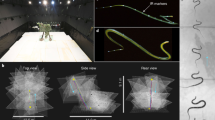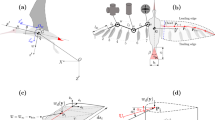Abstract
I WILL give in to Sir Herbert Maxwell so far as to say that some of my examples might have been better chosen; I will go further and admit that my kestrel was clearly not a case in point. On the other hand, Sir Herbert throws more responsibility on me than I ever undertook, and he sweeps aside all the qualifying and questioning words with which I was careful to safeguard my letter: not that I wanted to hedge or hide behind these, but simply that my object was to suggest an inquiry, not to lay down the law. As to the mechanical advantages of short tails compared, caeteris paribus, with long tails, I made no assertion and laid down no proposition; but certain learned mathematicians had done so, bringing forward their proofs, and the naturalist has no right to dispute such abstract and theoretical demonstrations. When Galileo showed the mechanical advantages of a hollow pillar he adduced the straw and the quill as exemplifications of the principle; and the mere fact that so many trees and so many feathers are not hollow at all gives the naturalist no sufficient right to question it. I directed attention to the fact that Prof. Bryan and Dr. Brodetsky, after demonstrating a principle, had stopped short of inquiring whether it could be illustrated by, or recognised in, the case of the living flying organism; I considered that there were many cases in which it could be so recognised, and I am of that opinion still. We must not forget that caeteris paribus is an essential condition of our comparison, and that this condition we can only seldom and approximately fulfil. Moreover, we are dealing only with differences of degree, with grades of excellence. No one doubts that the rook flies extremely well, and for that matter every flying bird is marvellous in our eyes; but for all Sir Herbert may say to it, I don't believe that a flight of rooks can approach a flock of sandpipers, in the particular qualities of grace, dexterity, and precision of movement.
This is a preview of subscription content, access via your institution
Access options
Subscribe to this journal
Receive 51 print issues and online access
$199.00 per year
only $3.90 per issue
Buy this article
- Purchase on Springer Link
- Instant access to full article PDF
Prices may be subject to local taxes which are calculated during checkout
Similar content being viewed by others
Rights and permissions
About this article
Cite this article
THOMPSON, D. Stability in Flight. Nature 98, 490–491 (1917). https://doi.org/10.1038/098490b0
Issue Date:
DOI: https://doi.org/10.1038/098490b0
Comments
By submitting a comment you agree to abide by our Terms and Community Guidelines. If you find something abusive or that does not comply with our terms or guidelines please flag it as inappropriate.



